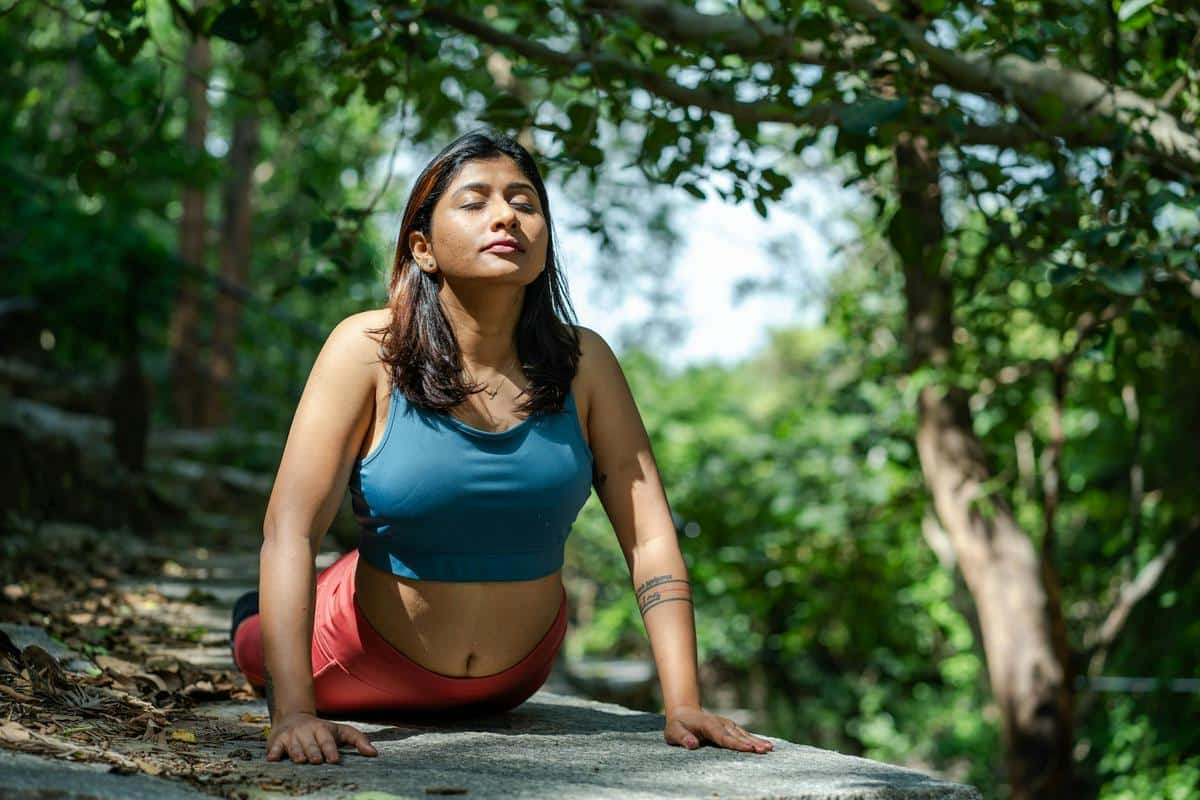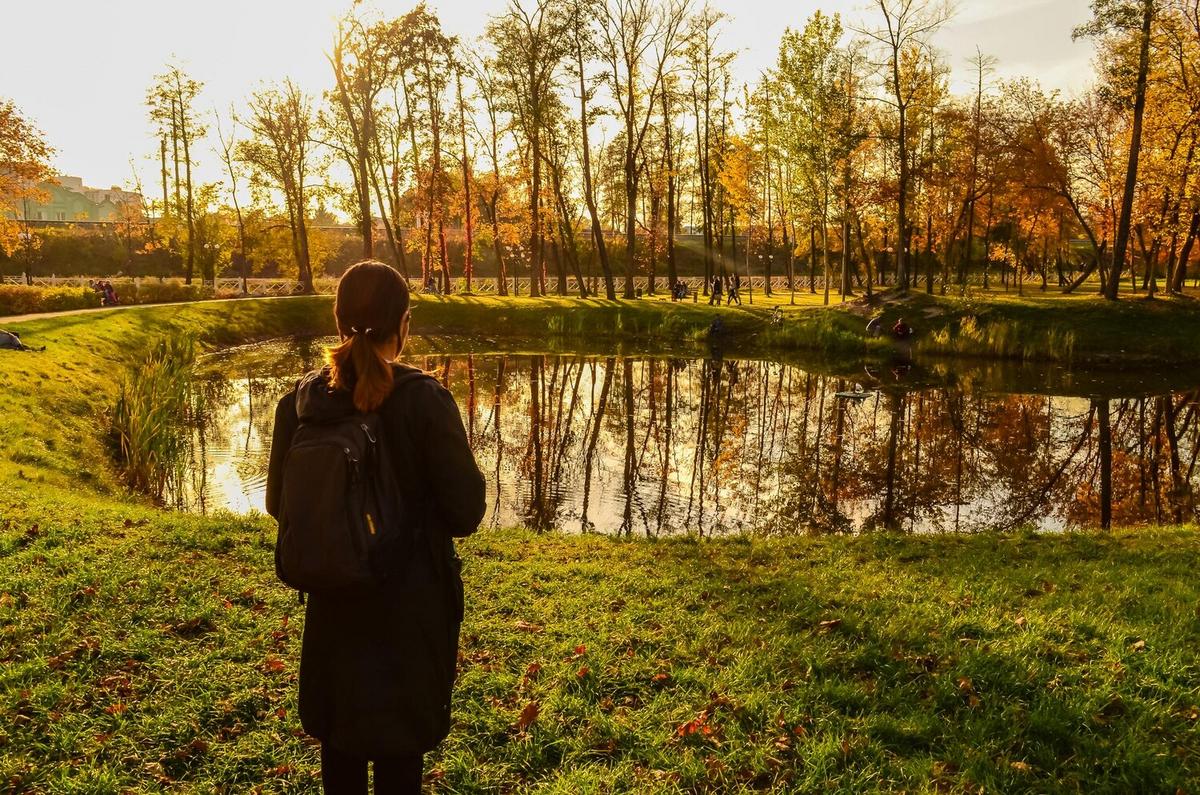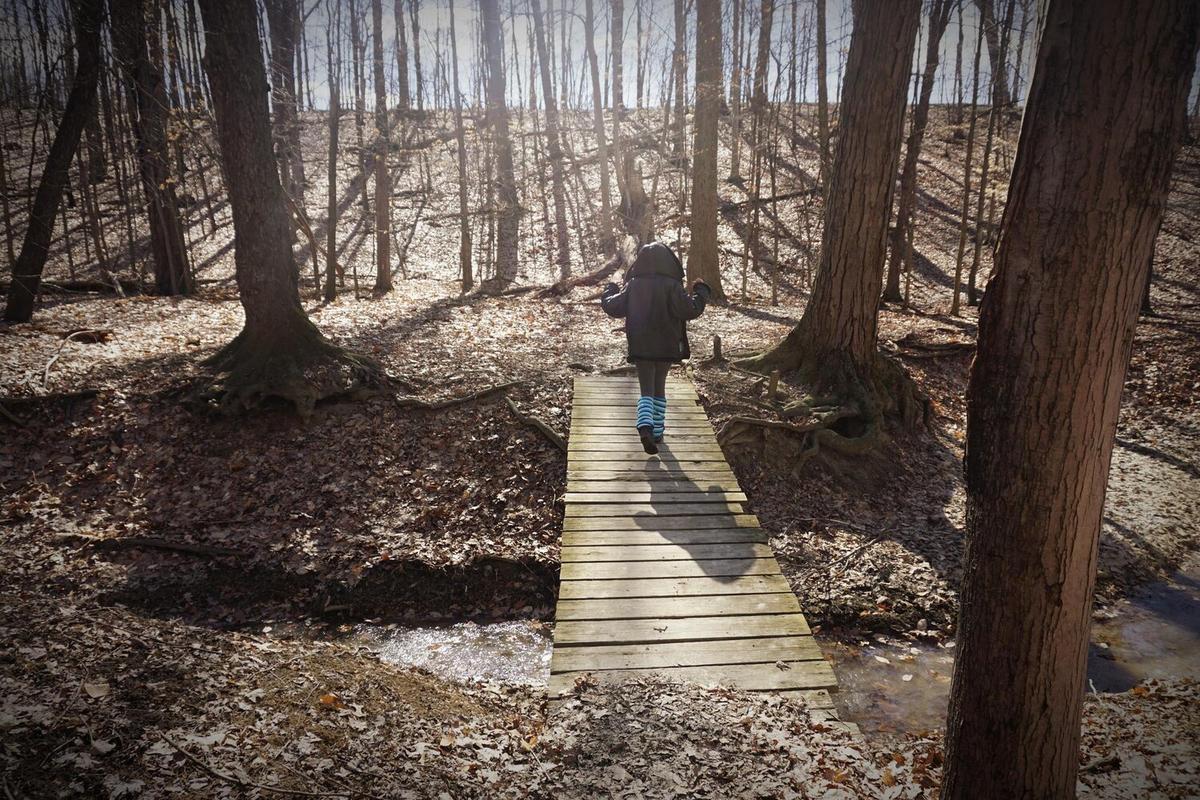
The Science Behind Mindfulness and Happiness
Mindfulness and happiness are often linked in discussions about well-being, but what exactly connects these two concepts? By delving into the science behind mindfulness practices, we can uncover how they contribute to a happier and more fulfilled life.
Mindfulness, a practice rooted in ancient traditions, has gained significant attention in recent years due to its profound impact on mental health. According to Dr. Jon Kabat-Zinn, a pioneer in mindfulness research, mindfulness is about ‘paying attention in a particular way: on purpose, in the present moment, and non-judgmentally.’
The Science of Mindfulness
Research has shown that mindfulness can alter the structure and function of the brain. A study conducted by researchers at Harvard University found that participants who engaged in an eight-week mindfulness program showed increased grey matter density in the hippocampus, an area of the brain associated with memory and learning.
Benefits Backed by Research
Mindfulness practices have been linked to reduced stress, improved focus, and increased emotional resilience. A 2018 study published in the journal ‘Emotion’ highlighted that individuals who practice mindfulness report higher levels of happiness and life satisfaction.
Personal Experience: A Path to Clarity
For many, mindfulness offers a path to clarity and peace. Consider the story of Alex, who turned to mindfulness during a particularly stressful period in his life. Through daily meditation and mindful breathing exercises, he found a new sense of calm and perspective, ultimately enhancing his overall happiness.
Actionable Tips for Practicing Mindfulness
- Start Small: Begin with just five minutes of meditation per day and gradually increase the time as you become more comfortable.
- Focus on Breath: Pay attention to your breathing as a way to anchor yourself in the present moment.
- Mindful Walking: Take a walk and focus on the sensation of each step, the air against your skin, and the sounds around you.
Table: Benefits of Mindfulness on Happiness
| Aspect | Improvement |
|---|---|
| Stress Reduction | Significant |
| Emotional Regulation | Improved |
| Focus and Concentration | Enhanced |
| Self-awareness | Increased |
| Resilience | Strengthened |
| Happiness | Elevated |
| Memory | Boosted |
| Overall Well-being | Enhanced |
FAQs about Mindfulness and Happiness
What is mindfulness in simple terms?
Mindfulness is the practice of focusing your awareness on the present moment, while calmly acknowledging and accepting your feelings, thoughts, and bodily sensations.
How does mindfulness improve happiness?
Mindfulness improves happiness by reducing stress, enhancing self-awareness, and fostering a greater appreciation for the present moment.
Can anyone practice mindfulness?
Yes, mindfulness is accessible to everyone, regardless of age or background. It only requires practice and consistency.
In conclusion, the science behind mindfulness reveals its powerful role in enhancing happiness. By incorporating mindfulness practices into daily life, individuals can experience a profound shift in their mental and emotional well-being. Start small, stay consistent, and witness the transformation mindfulness can bring to your happiness.


